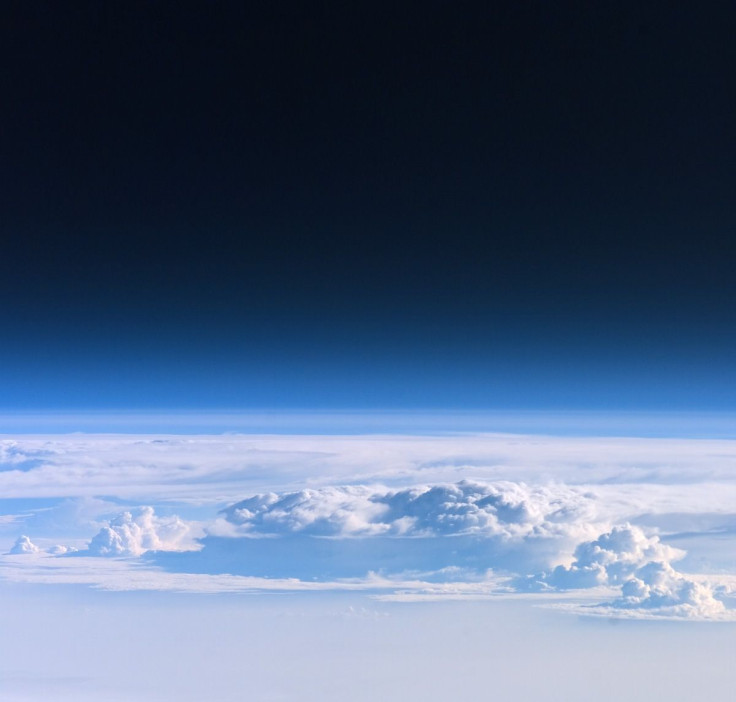Space-Edge Tourism: Balloon System Tested To Fly Up To 100,000 Feet

Russians have tested a new high-altitude balloon system, which could be used to conduct regular manned trips to the stratosphere sometime in the future.
As space tourism giants Virgin Galactic and Blue Origin continue to develop sophisticated vehicles for microgravity experiences in low-Earth orbit, engineers from a startup called Stratonavtika focused on the region between ground and space and developed the system for flying tourists up to an altitude of 100,000 feet.
Manned stratospheric flights have been conducted in the past, but all those missions relied on complex, not to mention expensive, capsules equipped with a massive high-altitude balloon. In this case, the team plans to use a cluster of helium-filled balloons that would lift a lone passenger up to a certain height, and then, let them return back safely with the help of parachutes.
They recently conducted a flight test near the Russian city Nikolaevsk to check the functioning of most basic elements of the new system, Russian news agency RIA Novosti reported.
As part of the effort, a dummy named “Valera,” wearing Russia’s Sokol spacesuit, was launched into the skies with a cluster stratostat equipped with six helium-filled balloons. These gas-filled spheres took nearly one and a half hours to take the mannequin up to 85,000 feet.
Once the targeted altitude was achieved, the teams on the ground stopped the liftoff and the balloons began to burst, leading to the mannequin’s descent. The dummy took approximately 30 minutes to land back on the ground — 50 kilometers (31 miles) away from the launch site.
While the whole stratospheric flight was recorded with camera systems integrated with the spacesuit, the team even took note of environmental effects of the liftoff and fall with the help of a range of sensors.
The entire effort enabled the group to check the lift-system as a whole as well as things like radio communication, levels of heat at different altitudes and how the system would detach for the descent.
“We were able to create an assembly of six shells with a total lifting force of about 50 kilograms,” Denis Efremov, one of the founders of the company, said in a statement. “All worked well, and now we can create assemblies that can lift a man in a spacesuit. This is not only cheaper than the use of large stratostats with a sealed capsule, but, according to our calculations, it is much more reliable.”
Now that the system has successfully cleared the first test, the team plans to advance its capabilities and integrate it with a life-support solution, which could ultimately enable a human to fly into the stratosphere and return back safely.
“Our system will allow you to climb to a height of 30-40 km cheaper and safer [than spaceflights], but it will give you the opportunity to see the blackness of the cosmos, the sphericity of the spherical Earth and to be at a height where only one-hundredth of the atmosphere will remain,” Efremov concluded.
© Copyright IBTimes 2024. All rights reserved.





















